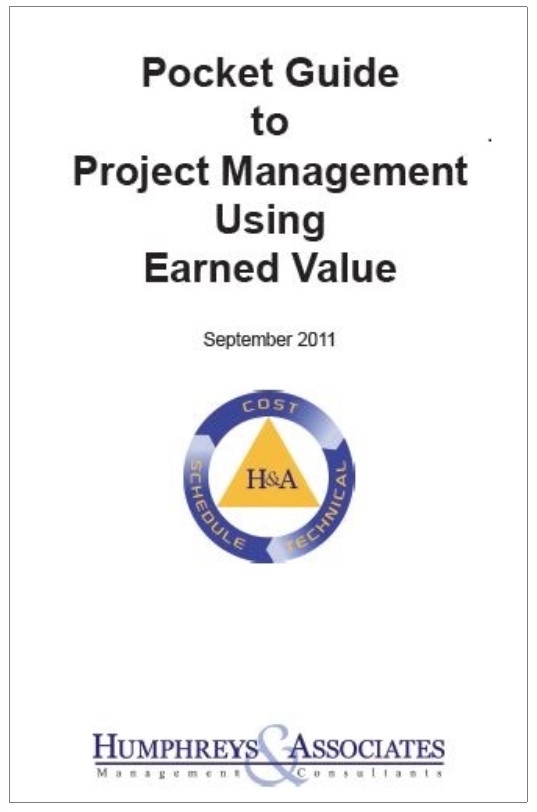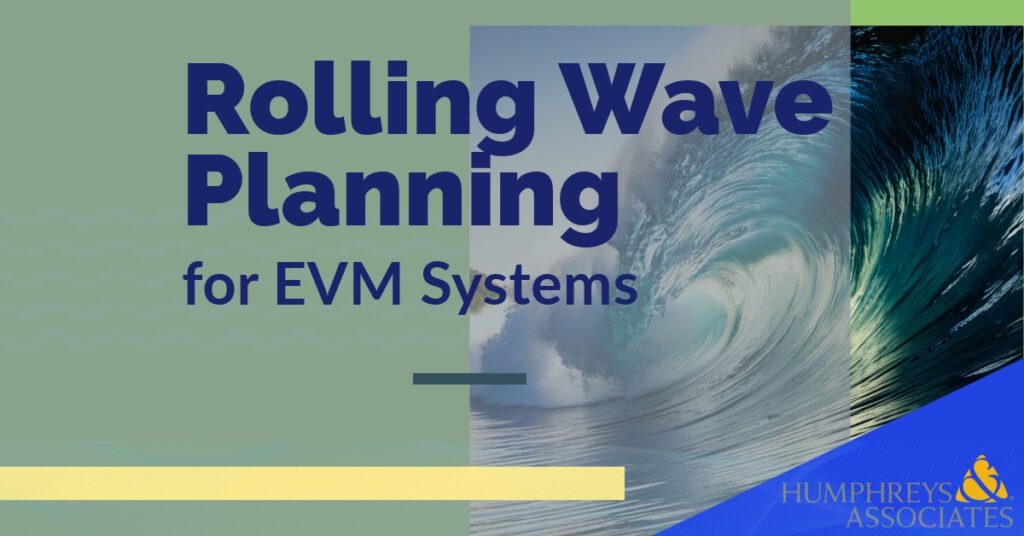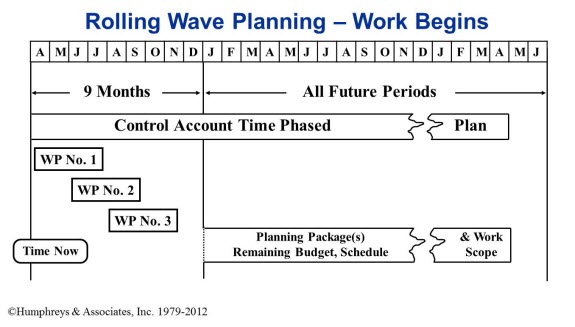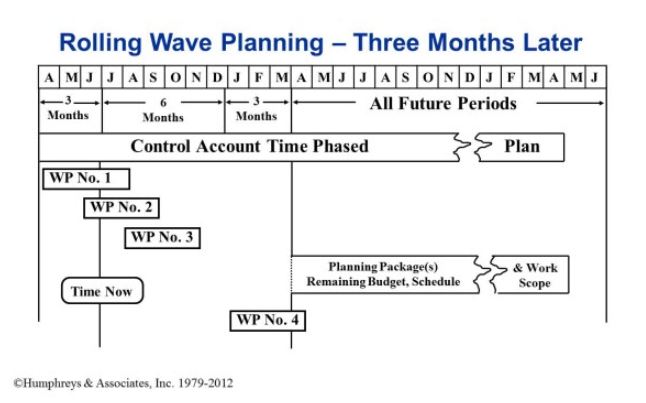Part 2 – Weekly Earned Value: More trouble than it’s worth?
Part 2 – Continues with the benefits and implementation of weekly Earned Value Management. Here is the link to Part 1
 In the past, accounting systems were not able to update actual on a weekly basis. The legacy systems could accrue actual every two weeks or at month end. Now, most labor timekeeping systems are linked to a cost system that updates daily. With this daily labor cost input capability in place, weekly Earned Value (EV) provides real time information on what has been spent for the work accomplished. Newer software tools are more accommodating with regards to material and subcontractor cost accruals.
In the past, accounting systems were not able to update actual on a weekly basis. The legacy systems could accrue actual every two weeks or at month end. Now, most labor timekeeping systems are linked to a cost system that updates daily. With this daily labor cost input capability in place, weekly Earned Value (EV) provides real time information on what has been spent for the work accomplished. Newer software tools are more accommodating with regards to material and subcontractor cost accruals.
It is now easier to input estimated actual for invoices to accommodate the lag between an acquisition commitment and the actual billing for services or material. On a single project with multiple subcontractors using different software, the weekly accounting of data can become complicated. The prime contractor may end up manually inputting data from the subcontractors each week. The ideal situation is for all subcontractors to use the same software or data exchange format in order to have a seamless transition of data to the prime contractor. This ensures accurate and timely submittal of data on a weekly basis.
Weekly earned value takes some initial effort to establish. Management must be committed to a proactive stance. The biggest challenge is changing the culture of the program team. This requires a new paradigm of effective weekly management of the program and proper use of the available software tools. Earned Value Management (EVM) is an effective way of managing work whether done weekly or monthly and can be more efficient than month-end reporting.
The major hurdles in implementing weekly EV include:
- Gaining user and management acceptance
- Getting everyone, including subcontractors, integrated with compatible schedule, cost, contract and internal change tracking software
- Processing schedule changes in a timely manner
Many companies already have many of the software tools to make the transition from a monthly basis to a weekly basis. Weekly earned value drives more effective automation which can potentially decrease overhead, a important factor over large or multiple projects. It provides quality, real time performance data for decision analysis and corrective actions. Weekly EV also reduces the chances of being surprised with major cost or schedule variances by improving the overall early warning features of the system. More time is available for management to respond to variances and develop corrective action plans. For many companies this is a business best practice and their customers are taking note.
Good business practices dictate that programs have schedule, cost, and change information available on an ongoing basis. Weekly EV insures this process. Implementing a weekly Earned Value Management System is proving to be well worth the time and effort.
For more information about implementing weekly earned value, contact Humphreys & Associates. We have many years of experience in efficient Earned Value Management processes
Part 2 – Weekly Earned Value: More trouble than it’s worth? Read Post »





